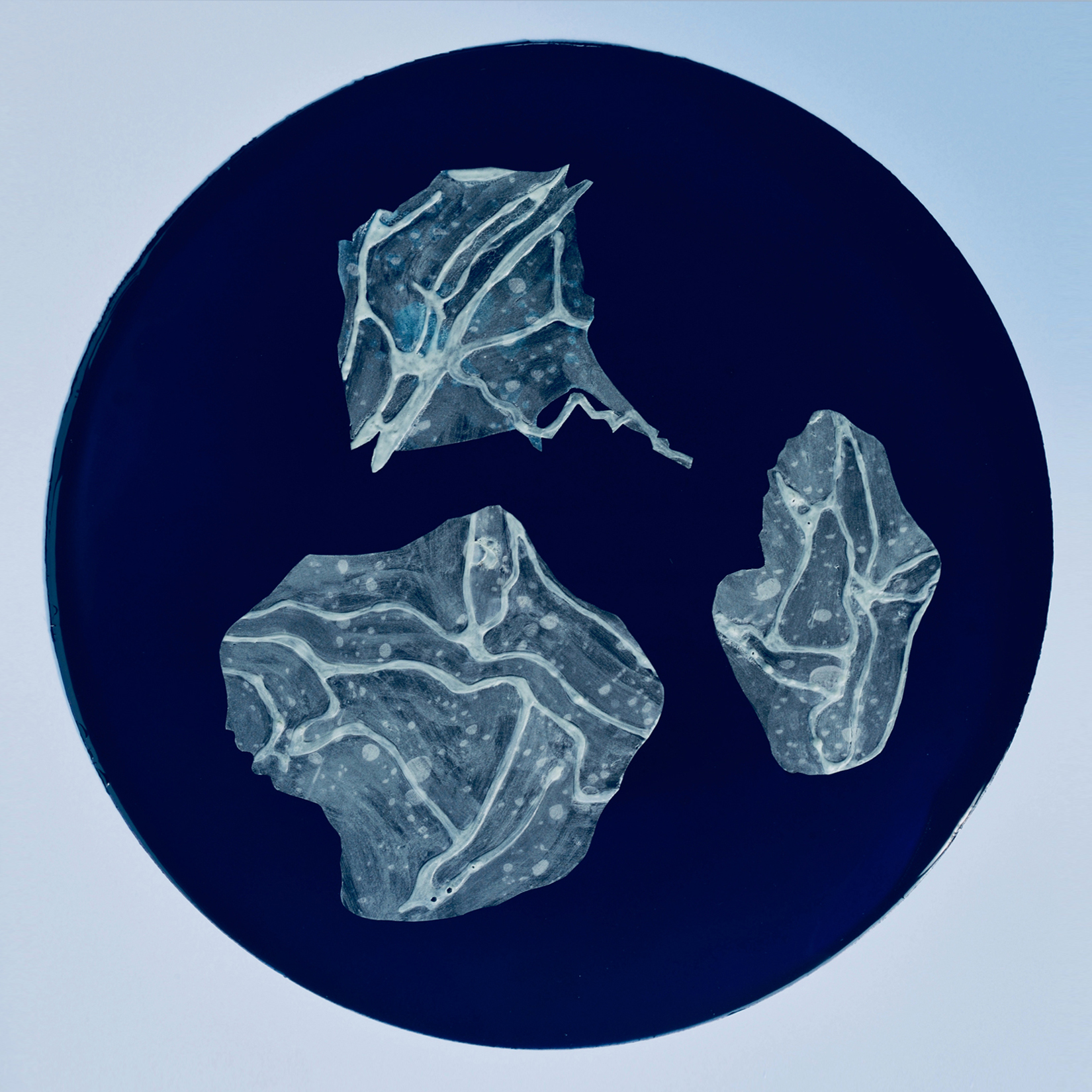Bioluminescent Lingulodinium Dinoflagellate
Dinoflagellates are single-celled eukaryotes constituting the phylum Dinoflagellata. Usually considered algae, dinoflagellates are mostly marine plankton, but they also are common in freshwater habitats. Their populations are distributed depending on sea surface temperature, salinity, or depth. Many dinoflagellates are known to be bioluminescent.
Laboratory experiments have provided insight into the role that dinoflagellate bioluminescence plays in marine ecology. Dinoflagellate flashes cause a startle response in their predators, disrupting their feeding behavior and resulting in a decrease in grazing rate by reducing the number of dinoflagellates consumed. Dinoflagellate bioluminescence is also thought to act as a “burglar alarm” to attract a secondary predator that threatens to eat the primary predator. When handled by a predator, the dinoflagellate cell is triggered to flash by the imparted mechanical stress. But any mechanical stress of sufficient magnitude, such as the forces in waves, surge, or by swimming animals (including us) can also trigger the luminescence.
Copyright: Latz Lab, Scripps Institution of Oceanography

Copyright: Cheryl Safren
